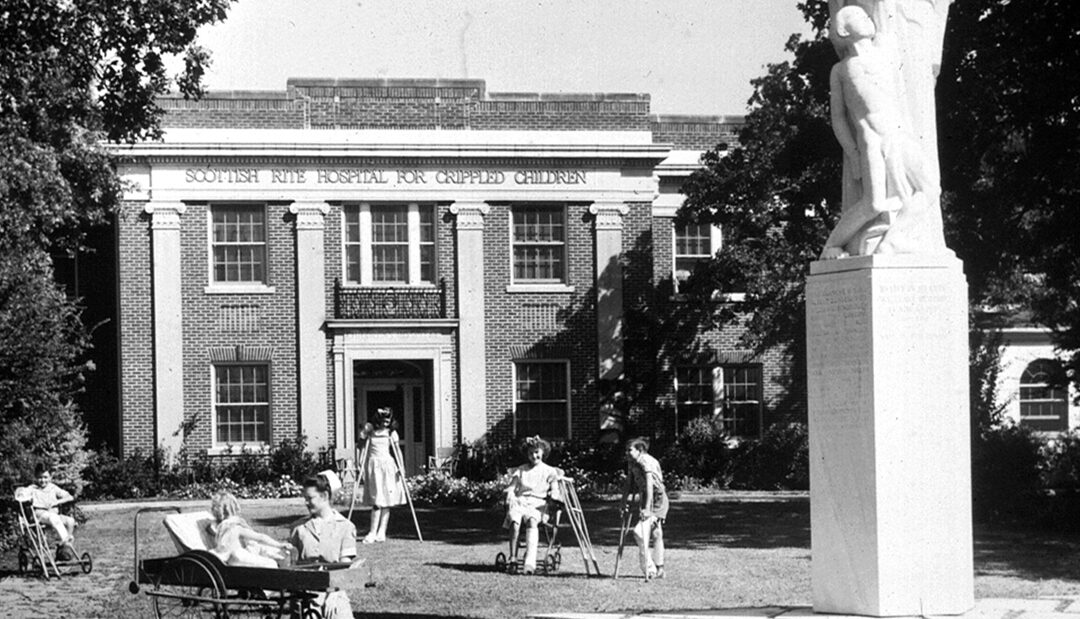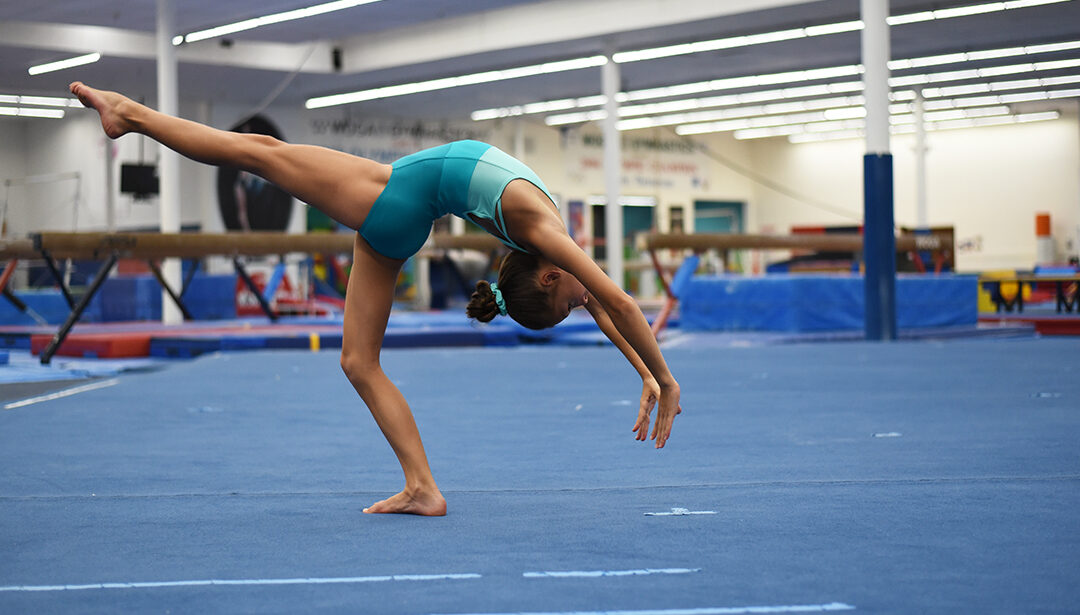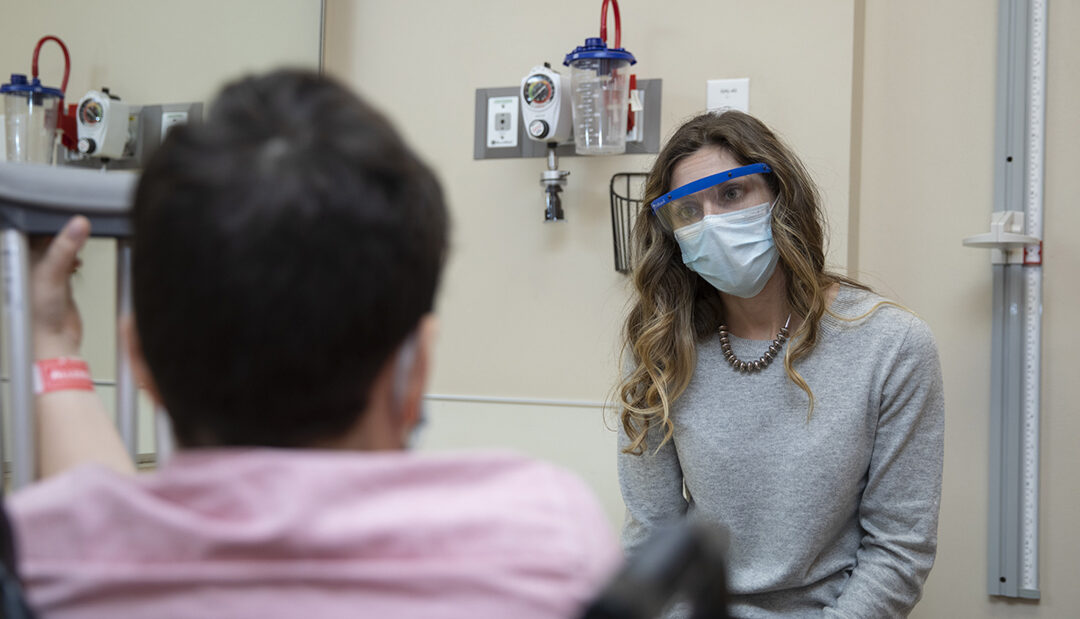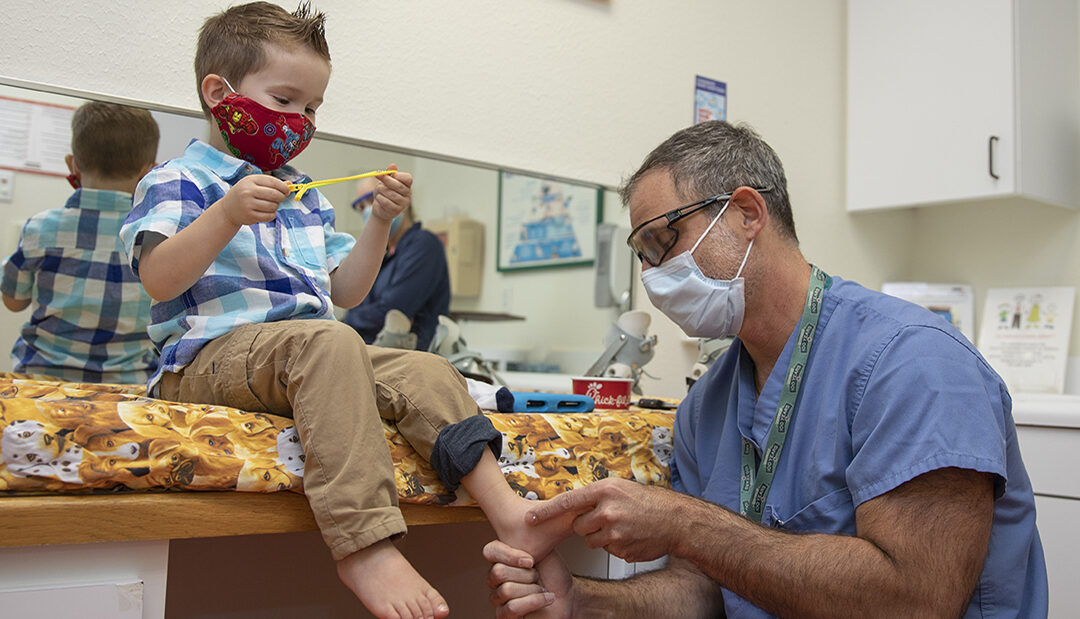Overuse injuries can come in many forms and remain a concern for athletes of various sports.
Many recognize the risk of overuse injuries in the elbow in baseball players, but did you know gymnasts are at risk for elbow injuries as well? In our pediatric sports medicine practice, we see two unique conditions of overuse in gymnasts’ elbows. These conditions are triggered differently than in a throwing athlete. For gymnasts, these injuries are caused by compression when the arms are repeatedly in a weight-bearing position.
Recently published in The Journal of Bone and Joint Surgery, this study from our team described the different aspects between the following elbow conditions induced by repeated activity in a group of 58 competitive gymnasts seen in our practice.
What is capitellar osteochondritis dissecans (OCD)?
A rare, painful developmental bone and cartilage injury to the capitellum on the elbow end of the humerus, the upper arm bone.
What is a radial head stress fracture?
An even less common bone injury to the radial head, the elbow end of a forearm bone, caused by repeated compressive forces in the elbow.
“Even though these are rare conditions, we see them enough that we were able to look at a large group seen over five years in our practice,” study author Chuck W. Wyatt, M.S., CPNP, says, Comparing multiple details of the images and characteristics of the gymnasts, including activity levels, the study found several key findings.
- Both injuries present at a young age, 11.6 years on average in this group.
- Radial head stress fracture may be more likely in a more acute (sudden) manner.
- Likelihood of returning to competition seemed likelier with higher level of training and competition at the time of diagnosis.
- Having capitellar OCD on both elbows was associated with the lowest rate of return. One in three returned to same or similar level of competition.
In our sports medicine practice, we will use this information to counsel gymnasts who present with these conditions and more importantly, continue to study and educate the gymnastics community about early recognition, treatment and prevention. “This population has so many unique characteristics to consider when it comes to injuries,” assistant chief of staff and lead author Philip L. Wilson, M.D., says. “We look forward to continuing to study to understand how growing and intense training affect their bones and long-term health, particularly in the elbow.”
This study, “Elbow Overuse Injuries in Pediatric Female Gymnastic Athletes” was published in a highly rated, peer-reviewed journal, The Journal of Bone and Joint Surgery. Authors include Scottish Rite for Children Sports Medicine medical staff and former research coordinators who have gone on to pursue post-graduate degrees in the field.
Read the full article here.
Learn more about Osteochondritis Dissecans (OCD) in the Elbow.





